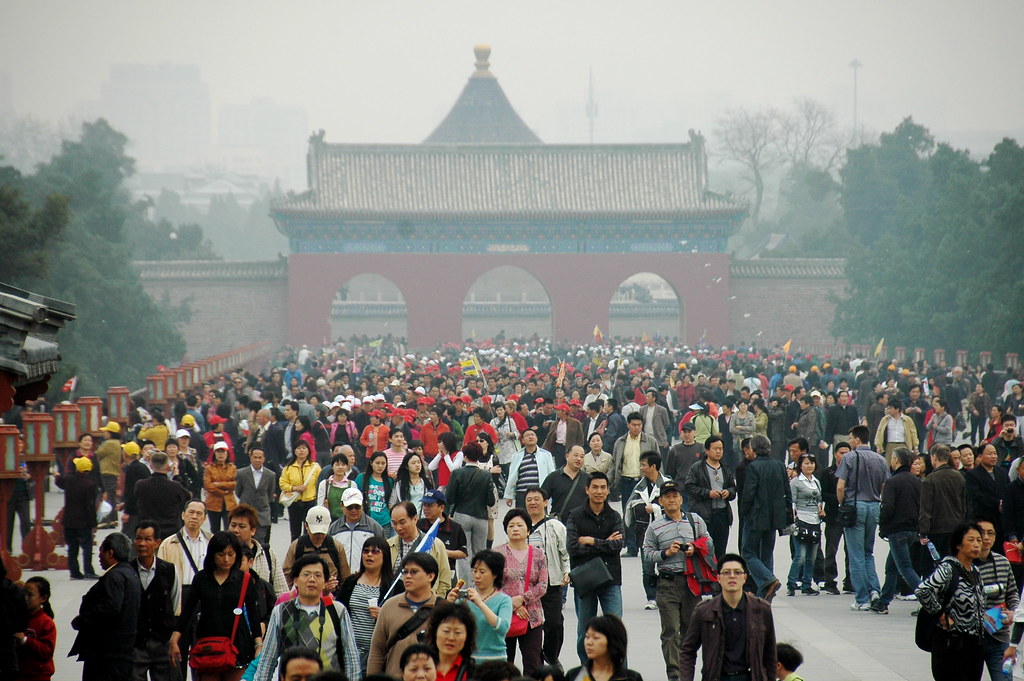China’s population has begun to shrink, after a steady, yearslong decline in its birthrate that experts say will be irreversible. Today the world’s most populous country has reached a pivotal moment.
The government said on Tuesday that 9.56 million people were born in China in 2022, while 10.41 million people died. It was the first time deaths had outnumbered births in China since the early 1960s, when the Great Leap Forward, Mao Zedong’s failed economic experiment, led to widespread famine and death.
Births were down from 10.6 million in 2021, the sixth straight year that the number had fallen. While this might appear to be good news given the overpopulation that the world is experiencing, that decline, coupled with a long-running rise in life expectancy, is propelling China into a demographic crisis that will have consequences in this century, not just for China and its economy but for the world, experts said.
“In the long run, we are going to see a China the world has never seen,” said Wang Feng, a professor of sociology at the University of California at Irvine who specializes in demographics in China.
“It will no longer be the young, vibrant, growing population. We will start to appreciate China, in terms of its population, as an old and shrinking population.”
The news comes at a challenging time for the government in Beijing, which is dealing with the fallout from the sudden reversal last month of its zero-tolerance policy toward Covid.
Over the last four decades, China has emerged as an economic powerhouse and the world’s factory floor. That transformation led to an increase in life expectancy that contributed to its current situation — more people getting older while fewer babies are born. By 2035, 400 million people in China are expected to be over 60, accounting for nearly a third of its population.
That trend is hastening another worrying event: the day when China will not have enough people of working age to fuel the high-speed growth that made it an engine of the global economy. Labor shortages will also reduce tax revenue and contributions to a pension system that is already under enormous pressure.
The result, some experts have argued, could have implications for the global order, with India’s population poised to outgrow China’s later this year, according to a recent estimate from the United Nations.
This moment was not unexpected. Chinese officials last year conceded that the country was on the verge of a population decline that would likely begin before 2025. But it came sooner than demographers, statisticians and China’s ruling Communist Party had anticipated.
Officials have taken steps to try to slow the decline in births. In 2016, they relaxed the one-child policy that had been in place for 35 years, allowing families to have two children. In 2021, they raised the limit to three. Since then, Beijing has offered a range of incentives to couples and small families to encourage them to have children, including cash handouts, tax cuts and even property concessions.
Xi Jinping, China’s top leader, recently made the issue a priority, pledging “a national policy system to boost birthrates.” But in reality, experts said, China’s plunging birth figures reveal an irreversible trend.
Together with Japan and South Korea, China has one of the lowest fertility rates in the world, below what demographers call the fertility replacement rate required for a population to grow. That figure would require every couple, on average, to have two children. So far, the government’s measures have failed to change the underlying fact that many young Chinese people simply do not want children. They often cite the increasingly high cost of raising them, especially with the economy in a precarious state.












